Bolts might seem small, but they’re mighty! They’re like the glue holding our world together. We’re diving into the magic behind bolts – how they stay strong and keep things in place. Think of them as the silent heroes of buildings and engines, quietly doing their job. With stronger bolts, cars can be lighter and more efficient. It’s like upgrading to a superhero suit! Bolts are a mix of art and science, making sure everything stays put. Join us as we unravel the mystery of bolts and see how they’re shaping the future!
Bolt Fastener Manufacturers
Before crafting those reliable components, Bolt fastener manufacturers dive into the nitty-gritty of engineering. They’re like the architects behind every sturdy structure, ensuring reliability and strength. From choosing the perfect materials to fine-tuning dimensions, every detail matters. These bolts aren’t just pieces of metal; they’re the backbone of our buildings and machines. So, before you overlook them, remember the careful planning and precision that goes into making them. It’s a blend of science and craftsmanship that keeps our world bolted together.
Let’s delve into the engineering aspects of bolts:
Thread Design
Bolts and nuts rely on precisely engineered threads for secure fastening. The male thread on the bolt fits snugly into the female thread of the nut, creating a strong, reliable connection. This interlocking design ensures components stay firmly fastened, even under stress.
Clamping Force-
When the nut tightens on the bolt, it creates a clamping force, securing the connection between components. Bolts also help spread external loads evenly along their threads, reducing stress and improving the structure’s stability.
Tension
When you tighten the bolt, it creates tension, pushing back against external forces. This tension is crucial for the strength of the connected parts. Bolts can handle pressure well, making them useful in many engineering tasks.
Friction
The interaction of friction between the bolt and nut threads is vital in engineering. It prevents slipping, maintains the joint’s integrity, and improves the reliability of the fastening system.
Bolt Performance Drivers
Optimizing bolted joints involves selecting the best design, material, and tightening method. Factors include load, material, environment, and service life. Optimization aims for efficient, safe, and cost-effective connections, crucial in various industry sectors. Key factors include bolt layout, preload, diameter, stresses, sequence, and size. and tightening strategies. The goal is to provide insights for future optimization endeavors.
Let us Delve deep into the intricate world of bolt science, and uncover the alchemy behind their strength and resilience.
Material Selection:
Consider carbon steel, alloy steel, or stainless steel based on strength, corrosion resistance, and cost. Match or use compatible nut materials like brass or coated steel to prevent galvanic corrosion.
Bolt Layout:
The arrangement of bolts affects load distribution. Optimizing bolt spacing and pattern can lead to more uniform stress distribution across the joint. This section delves into optimizing bolt layouts, which are crucial for joint performance. Various studies explore layout impacts on load distribution, stress, and joint strength. Wider bolt spreads improve performance in rectangular layouts, while circular patterns excel in angle beam connections. Optimal layouts, bolt sizes, and numbers vary based on applied loads.
Preload:
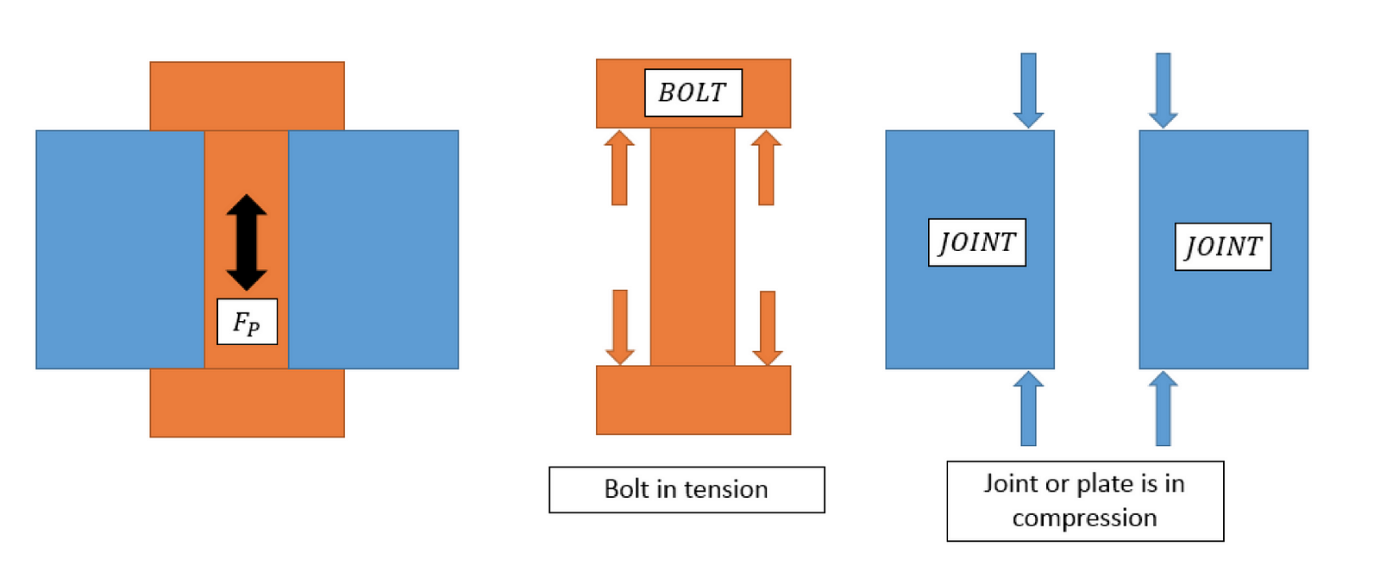
Calculate load-bearing capacity based on material strength and design parameters. Determine appropriate torque for proper clamping force without overloading. Design for resistance to fatigue failure under cyclic loading. Friction between bolted surfaces affects preload and joint behavior. Lubrication or surface treatments can optimize friction. Proper tightening sequences are crucial to prevent preload loss and fatigue failure.
With minimal preload, friction, and wear dominate, while higher preload shifts the focus to normal stress, countering shear stress. This dynamic balance underscores the relationship between bolt stability and fatigue, influenced by axial loads. Properly applying preload (the initial tension in the bolt) is essential. Adequate preload ensures that the joint remains tight under external loads. Insufficient preload can lead to joint failure.
Bolt Class:
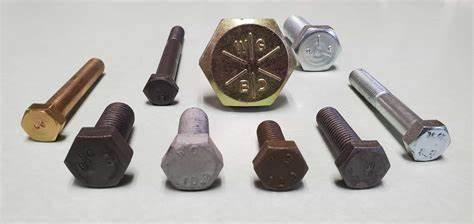
Different bolt classes (grades) have varying material properties. Choosing the right class based on load requirements is crucial. Follow standard conventions (e.g., metric or Unified threads) and ensure proper engagement. Utilize various head types (hexagonal, square, etc.) and nut shapes for specific applications. Bolt size impacts stiffness and load distribution, but larger bolts increase weight and cost.
Bolt Diameter And Length
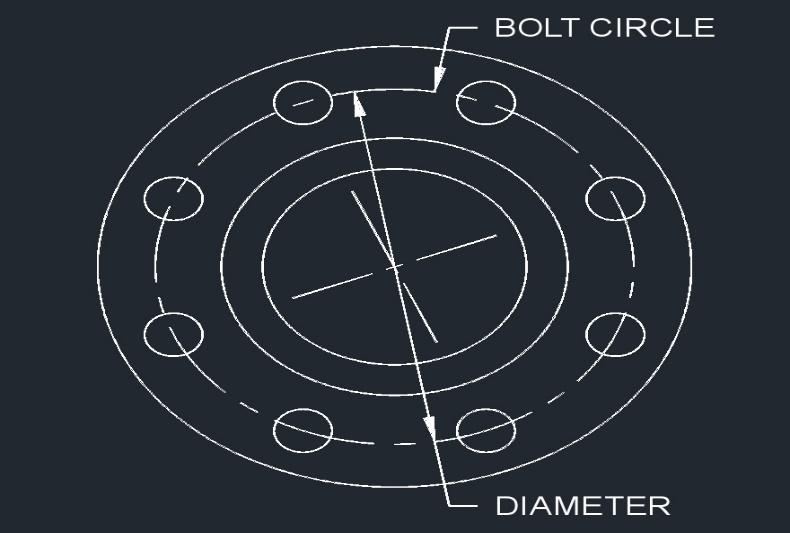
Larger bolts provide higher load-carrying capacity. However, oversized bolts add weight to the system. Bigger bolt diameter boosts torque and rotational capacity. Larger bolts ensure more even load distribution with their broader bearing surface. Bolt and member stiffness improve with larger diameters. Longer bolts/studs increase joint fatigue life. Bolt mechanical properties weaken at high temperatures. Bolt length depends on plate thickness, but sleeves can enhance fatigue life.
Material Of Plates:
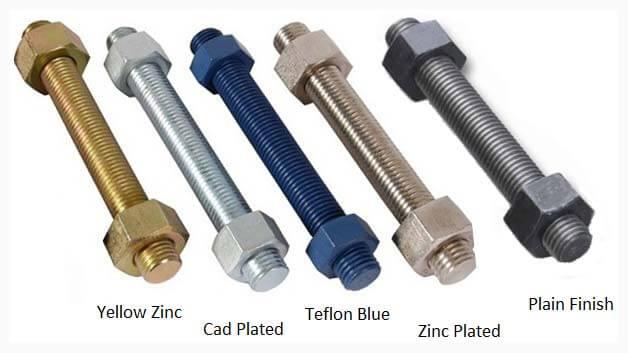
The materials being joined impact bolt performance. Consider compatibility, corrosion resistance, and strength. When choosing finishes for custom fasteners, consider zinc plating, galvanization, stainless steel, black oxide, and nickel plating for varying levels of corrosion resistance and aesthetics. Ensure compatibility between bolt and nut materials to prevent galvanic corrosion.
Thread Design:
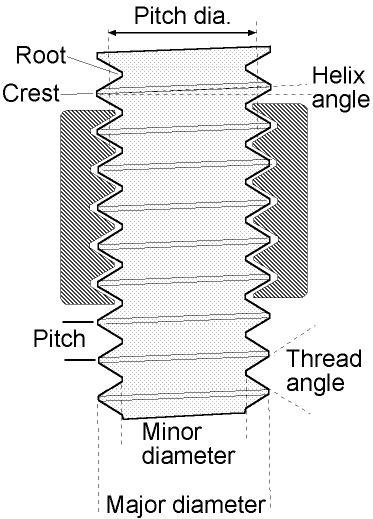
Selecting the right thread type is crucial for ensuring the effectiveness of fasteners. Depending on the application requirements, you can choose between coarse and fine threads. The thread pitch determines the distance between threads, impacting strength and resistance to loosening.
Additionally, consider the thread form, such as V-shaped (metric) or U-shaped (Unified) threads, which can influence the fastening process. By carefully considering these factors, you can optimize the performance of your fasteners and ensure reliable connections in various applications.
Bolt Quantity:
Balancing the number of bolts required for structural integrity while minimizing weight is essential. Fewer bolts reduce assembly time but must still maintain joint strength.
Bolt-Nut Connections
Enhancing bolt-nut connections involves focusing on critical areas such as the meeting point of bolt and nut, thread edges, and the junction of bolt head and shank. Improving joint stiffness, optimizing load distribution, and minimizing stress points can enhance fatigue life.
Elliptical shapes and wider washers are effective in reducing stress while adjusting the pitch between the nut and bolt can prevent loosening and improve fatigue resistance. Additionally, processes like deep rolling and shot peening offer effective ways to reduce stress and enhance fatigue life in bolted connections.
Bolt Tightening Methods
For optimal bolt tightening, consider methods like torque, angle, yield, momentum, and hydraulic tensioning. Among these, the torque-angle method is frequently recommended. Bolt tensioners provide superior accuracy and uniformity compared to torque alone.
Conducting multiple tightening passes helps reduce load variation, while hydraulic bolt tensioners are ideal for high-pressure applications. Elastic interaction and cross-talk are major contributors to load variation, but multiple passes can mitigate these effects effectively.
High Strength Bolt Fasteners Manufacturers
Advancements In High-Strength Bolt Materials
High-strength bolts play a crucial role in various industries, ensuring the structural integrity of bridges, buildings, machinery, and more. Recent advancements in material science have led to the development of new alloys and strengthening mechanisms, promising a future of safer and more reliable constructions. This article explores the latest innovations in high-strength bolt materials and their potential impact on construction projects worldwide by threaded bar manufacturers.
Properties Of High-Strength Bolt Materials:
High-strength bolts have long relied on low-alloy steels like chromium, molybdenum, and nickel for their robustness. Yet, challenges like delayed failure push us to explore newer options. Low-carbon boron steel and non-quenched, tempered steel emerge as promising alternatives.
Boron steel offers energy savings, while non-quenched steel streamlines production, especially in auto manufacturing. Low-carbon martensitic steel adds another dimension, balancing strength and toughness. These materials herald a new era in bolt manufacturing, ensuring reliability and performance in diverse applications.
Strengthening Mechanisms:
To ensure high-strength bolts perform effectively, it’s crucial to grasp the mechanisms that underpin their strength and toughness. Fine grain strengthening, achieved through controlled rolling and cooling, boosts steel’s plasticity and strength. Solution strengthening harnesses internal defects and alloy elements to fortify the metal matrix.
Meanwhile, precipitation and dispersion strengthening create stress fields by precipitating particles. Dislocation strengthening impedes dislocation movement, enhancing the metal’s strength. Understanding these mechanisms empowers manufacturers to produce bolts that meet the demanding requirements of various applications.
Outlook For High-Strength Bolt Materials:
As industries increasingly seek high-strength bolt materials, research and development efforts are in full swing. Cost and energy-saving strategies, like swapping pricey alloys for more economical options and refining production processes, are gaining traction. Enhancing steel quality by reducing impurities and improving processing properties is key for ensuring safety and reliability in structural applications.
Conclusion
In conclusion, optimizing bolted joints involves balancing strength, weight, and assembly time. By carefully selecting materials, geometry, and patterns, engineers can create efficient joints that meet performance standards.